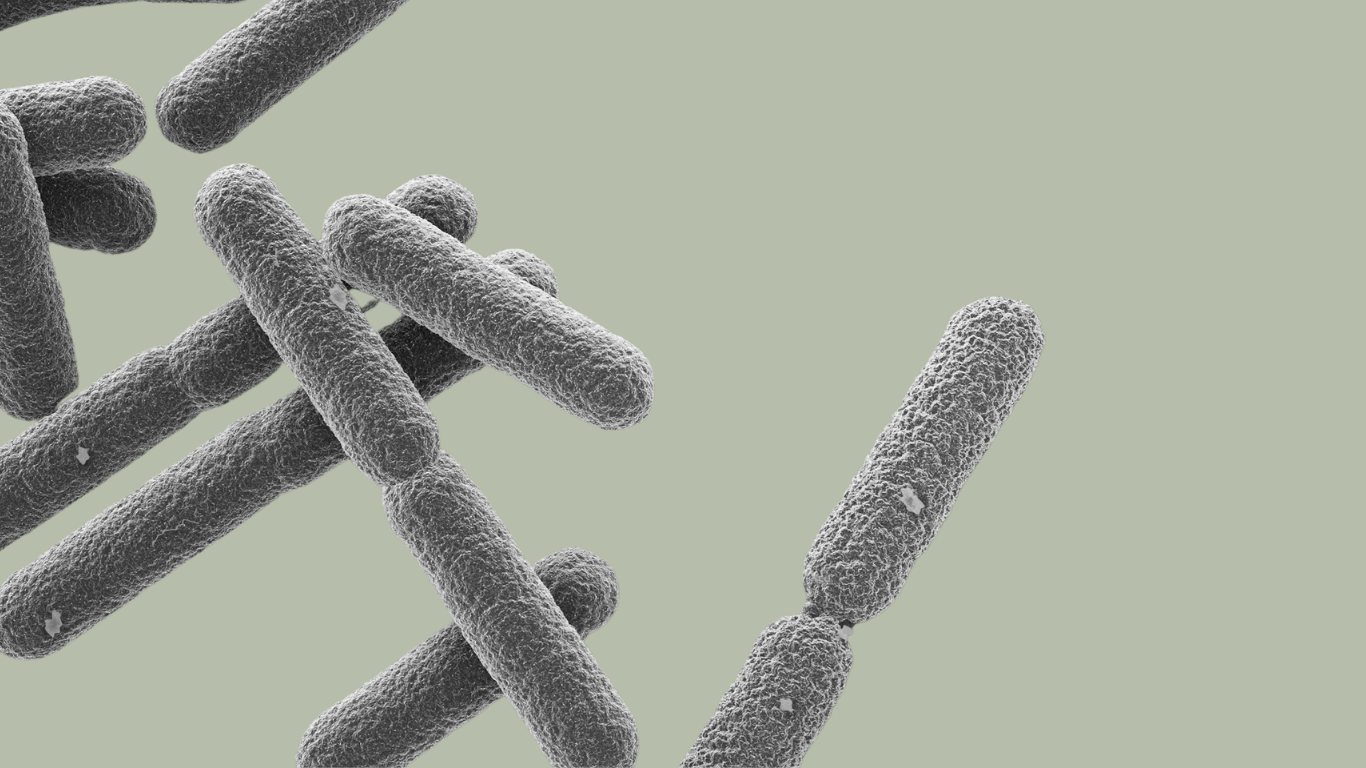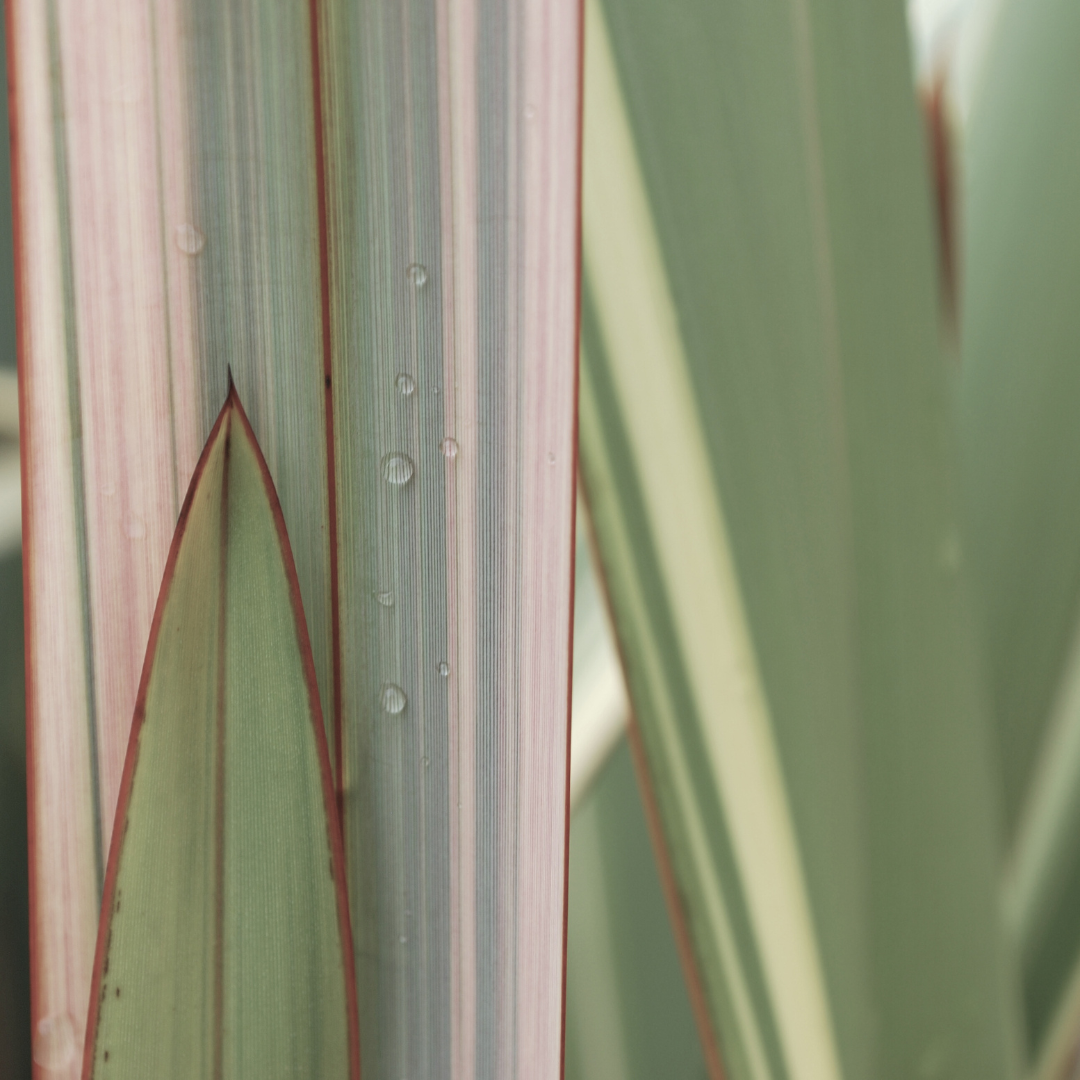We co-exist with a vast universe of a trillion microbes that thrive on our skin, unique to each of us, just like our fingerprint.
In simple terms, the skin microbiome is the microorganism community (and its genes), that lives on our skin. Around 99% of these microbes are beneficial for both our skin and overall health - think of them as essential rather than as unwanted guests.
Genetically speaking we're more microbe than human, harbouring several million microbial genes compared to our own 23,000 genes. Aside from the gut, the skin hosts the most microorganisms in the body. Up to one million bacteria can live in just one tiny square centimeter of skin, part of a teeming ecosystem vital to our wellbeing.








